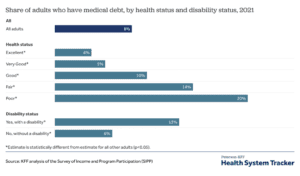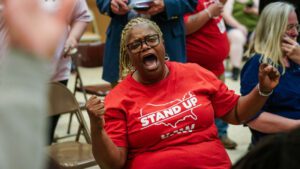Health impact of banning on late-night alcohol sales
It is well known that excessive use of alcohol causes significant health impacts. CDC notes that
Excessive alcohol use led to more than 140,000 deaths and 3.6 million years of potential life lost (YPLL) each year in the United States from 2015 – 2019, shortening the lives of those who died by an average of 26 years
At the same time, complete alcohol bans have been costly and largely ineffective. The Ken Burns documentary Prohibition notes complete prohibition may reduce alcohol quality (sometimes resulting in poisoning), and lead to significant corruption. He write that:
At the national level, Prohibition cost the federal government a total of $11 billion in lost tax revenue, while costing over $300 million to enforce. The most lasting consequence was that many states and the federal government would come to rely on income tax revenue to fund their budgets going forward…
As the trade in illegal alcohol became more lucrative, the quality of alcohol on the black market declined. On average, 1000 Americans died every year during the Prohibition from the effects of drinking tainted liquor.
The sums of money being exchanged during the dry era proved a corrupting influence in both the federal Bureau of Prohibition and at the state and local level. Police officers and Prohibition agents alike were frequently tempted by bribes or the lucrative opportunity to go into bootlegging themselves.
A paper by Bäuml, Marcus, and Siedler (2022) aims to examine the health impacts of marginal bans of alcohol. Specifically, the authors look at a ban on late-night alcohol sales that was enacted in the federal state of Baden-Württemberg, in the south-west of Germany. They write:
This paper studies the impact of a ban on late-night off-premise alcohol sales between 10 p.m. and 5 a.m. in Germany. We use three large administrative data sets: (i) German diagnosis related groups-Statistik, (ii) data from a large social health insurance, and (iii) Road Traffic Accident Statistics. Applying difference-in-differences and synthetic-control-group methods, we find that the ban had no effects on alcohol-related road casualties, but significantly reduced alcohol-related hospitalizations (doctor visits) among young people by around 9 (18) percent. The decrease is driven by fewer hospitalizations due to acute alcohol intoxication during the night—when the ban is in place—but not during the day.
In short, a marginal ban may improves health outcomes, but may not reduce externalities from road accidents.
Do you think a ban on late night alcohol sales is the right thing to do? Your answer probably depends on:
Whether you think the health impacts observed in the Bäuml et al. are large and can be replicated elsewhereHow much you weigh health benefits against individual freedom in your social welfare functionWhether you believe that partial bans can avoid the corrupting impact on government officials that often occur under total bans How likely you think someone who drinks alcohol late at night may harm others (e.g., bar fight, drunk driving) compared to alcohol use during the day. Your own personal drinking habits (e.g., do you enjoy late night drinking?)Whether or not you have children (e.g., you may not want them to be able to drink late at night).
Thus, while the Bäuml, Marcus, and Siedler (2022) paper provides a key data point of the impact of late night alcohol bans on health, whether or not this policy should be enacted depends on a number of other dimensions beyond just health as well.




